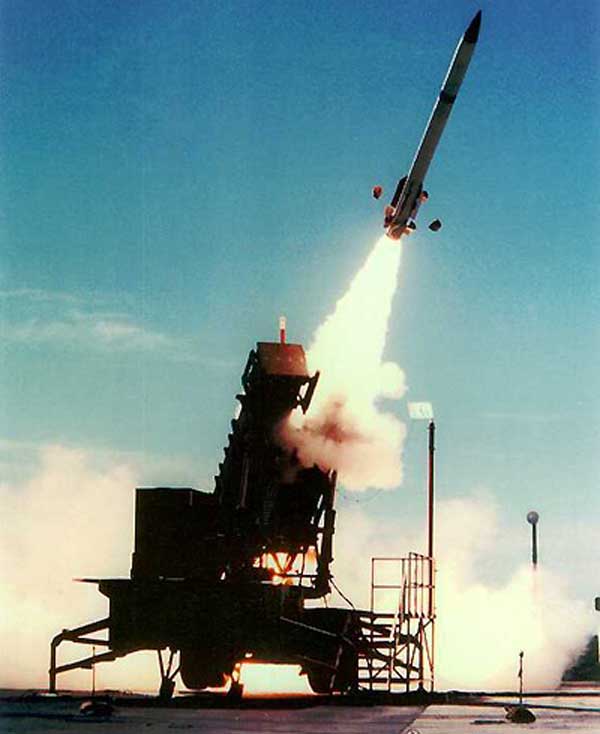2014-03-22 During a visit to PACAF, Second Line of Defense had a chance to sit down and talk with Navy Captain Pat Connelly.
Captain Connelly is currently the liaison from PACFLT to PACAF. This puts him in an interesting spot to live through some of the major changes occurring with the US and its allies reworking Pacific Defense to deal with the various challenges in the Pacific.
SLD: A major change appears to be working significantly with allies to shape a more effective Pacific defense strategy to deal with the various threats in the Pacific, ranging from the humanitarian to maritime security to defense against North Korea to dealing with threats, which the PRC is generating in the region.
What is your sense of how we are working the allied relationship currently?
Captain Connelly: We do not have the bandwidth to do it all in the Pacific anymore. We understand that. And key allies are investing more in defense and rethinking their defense approaches.
The challenge is to ensure that we are all on the same page to reinforce one another’s capabilities.
SLD: A challenge then is to find the sweet spot between allied modernization efforts and our own?
Captain Connelly: It is. And PACFLT and PACAF are working together to ensure the best congruent path ahead with key allies.
Notably, South Korea, Japan and Australia are beefing up their capabilities and we are working to work more effectively with all of them, and would like to foster more interoperability among those allies as well.
SLD: Clearly one practical aspect of the focus on air sea battle involves the US Army. The coming of THAAD to Guam and the prospects of building out the Army ADA role in the Pacific is an important contribution. What is your sense of the role of THAAD in the regional defense structure?
Captain Connelly: The US Navy loves THAAD.
The presence of THAAD spreads the BMD defense of Guam responsibilities that we had to do prior to its deployment.
It allows us to move Aegis into its multi-mission deployment role and allows us to augment our overall maritime and air capabilities.
Prior to THAAD, to deal with the threat from North Korea, we had Aegis ships drilling holes in the water to protect Guam and not training for its other mission sets.

And the expected arrival of the second AN/TPY-2 radar to Japan will take pressure off of some key 7th Fleet assets as well. This is a good example of our joint services and allies working together to enhance overall Pacific defense capabilities.SLD: There is much confusion over what really is air-sea battle, but a key element of the way ahead is clearly to provide better sensor-shooter relationships across the maritime-air-land domains. We talked about the impact of the coming of THAAD, what is the contribution of Naval Integrated Fire Control Counter Air (NIFCA)?
Captain Connelly: NIFCA is a key effort by the Navy and we are working with PACAF to deliver much better integration of sensors and shooters in Pacific operations.
The objective is to put a sensor deep into the battlespace, which then enables our air-to-air missiles or surface to air missiles (such as SM-6) to be able to reach their full kinematic range and not just be limited to what can be provided by the organic radar range of the weapons themselves.
With the growing ballistic and cruise missile threat, we know we will need to get at those platforms before they launch their arrows.
We believe NIFCA may help us whittle down the threat and to manage the challenges more effectively.
SLD: How do you see the evolution of air-sea battle?
Captain Connelly: Basically, the Air Force and the Navy have been working at supporting one another for a long time. Air-Sea Battle is really just the next phase in codifying and further developing what we are already doing.
We are looking to enhance cross-domain synergy and to do a better job in coordinating and integrating the sensors and shooters which the US Army, USAF, USN and USMC can bring to bear on defense problems, and to work more effectively with allies contributing capabilities as well to the broader Pacific defense challenges.


